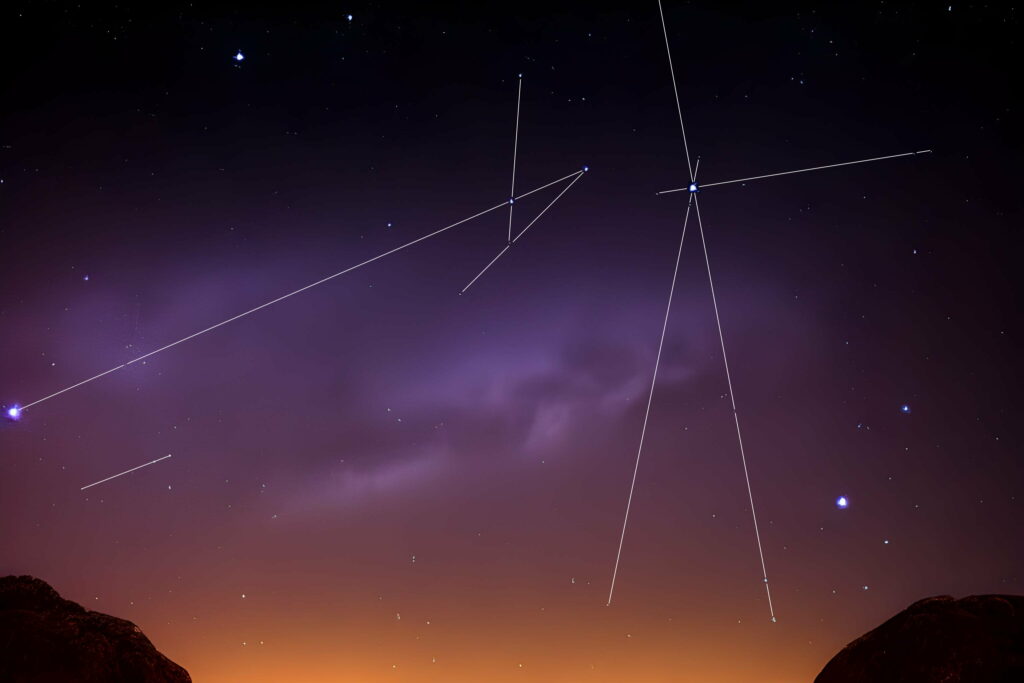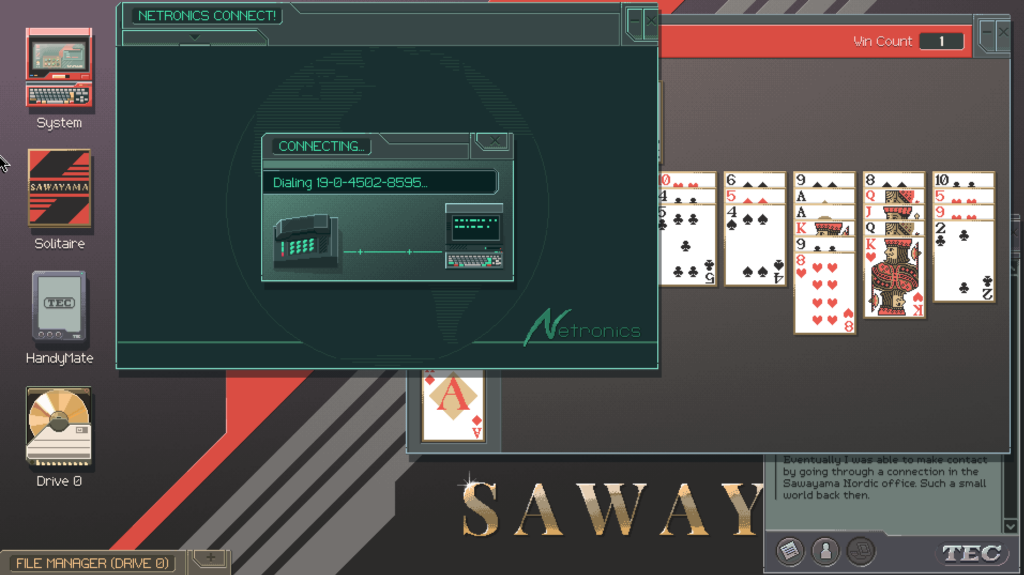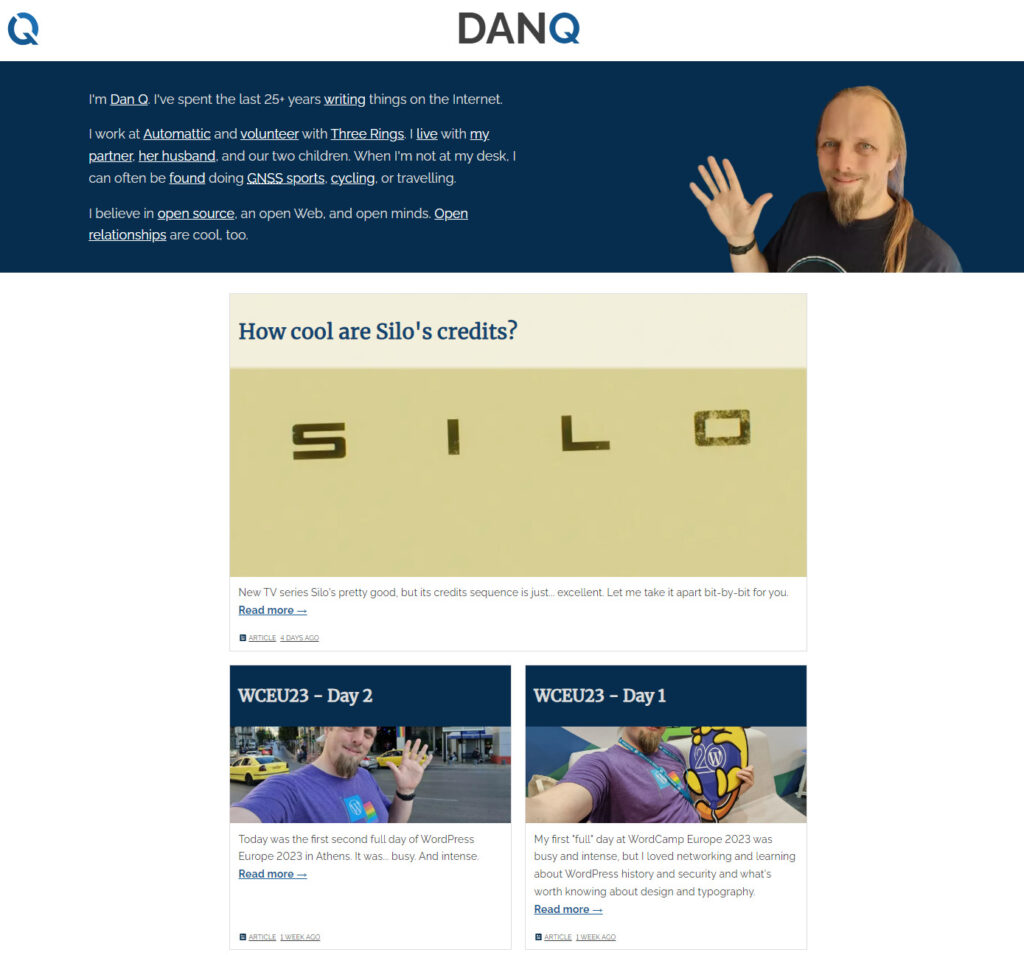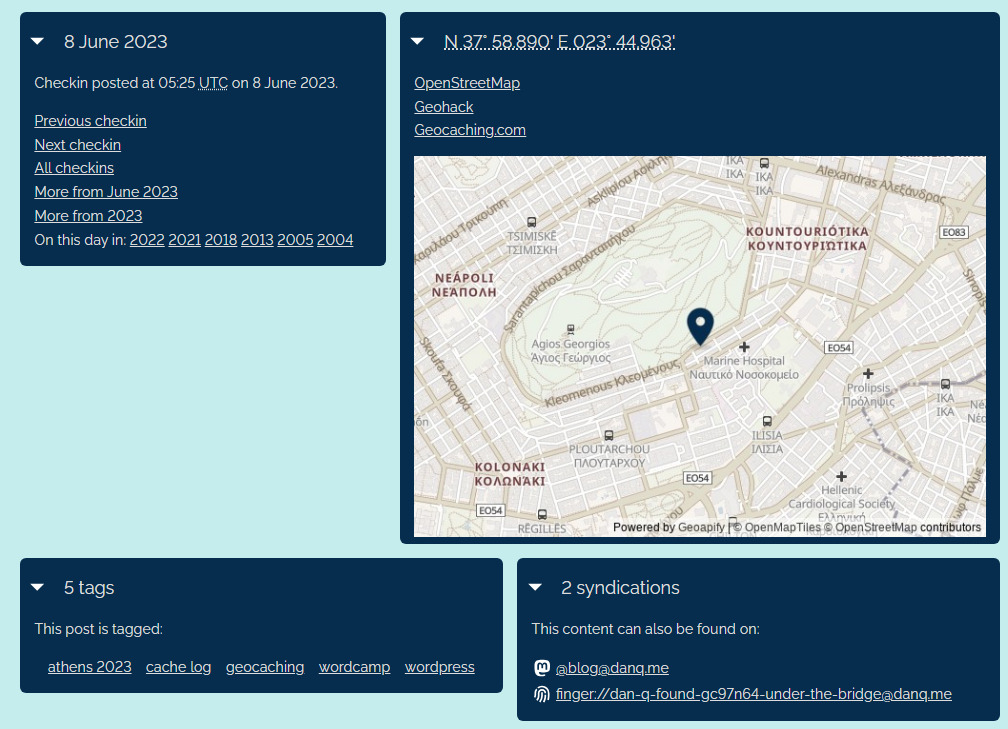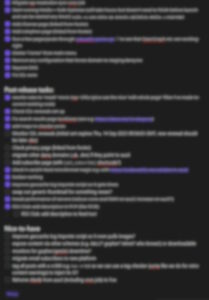This post is secret; you can only find it via my RSS feeds (and places which syndicate them). It's okay to talk about it or link to it, though. Thanks for being part of RSS Club!
Three decades ago, as a child, I was a victim of sexual abuse.1
For most of those decades, I wouldn’t have told you about it. I couldn’t have. By a variety of denials, distortions, and disassociations, for the vast majority of my life I repressed, rationalised, and reframed what happened to me; hiding the truth behind a series of psychological defences.
At one point, for example, I’d internalised the events as both consensual2 and unimportant… to the extent that I intellectualised the fact that I wasn’t seeking nor receiving help for a clearly-traumatic experience as evidence that it wasn’t really wasn’t a big deal.
By a later point – and for most of my adult life – the mental wound was wrapped in so many overlapping layers of shielding it became nearly impossible for me to reach the memories at all. And where I could, it felt like a half-remembered dream.3
Without going into detail about what precipitated it, suffice to say: I ended up in therapy. I’ve seen several rounds of therapy over the last few years, punctuated by “homework” periods of exploration by myself, or with on-demand help from specialised services. My initial goal was to find a safe environment in which to unwrap that long-hidden psychic injury, to allow myself to grieve and, perhaps, begin to heal.
A challenge I faced right from the start was a nagging doubt that I really had made the whole thing up. That none of it was real. That I was wasting my time and everybody else’s, chasing the tail of a dream.
My journey of proving to myself that my recollection could be trusted was an odyssey in itself:
It involved revisiting places from my childhood, physically walking in the footsteps of my younger self: one foot firmly in the safety of adulthood while the other stepped tentatively into a childhood reverie.
It involved Subject Access Requests to the NHS followed by hours of poring over ancient notes, handwritten by doctors4, faxed, partially-censored5, then re-scanned for delivery to me.
It involved awkward and tearful conversations with people whose circumstantial recollections of events on the fringes of my memories helped narrow down a timeline. Helped show me what was real. Helped me to at last be able to say out loud the truth:
Three decades ago, as a child, I was a victim of sexual abuse.
Since then, my recovery has had a different focus: “joining the dots”. Even though I spent my teens, twenties, and most of my thirties unable to consciously comprehend what happened to me6, it seems inconceivable that my experience won’t have unconsciously shaped my later life.
Being unable to conclusively say how it did so – or rule out how it didn’t – is uncomfortable. I’m working on that.
Was my vulnerability to falling into an abusive relationship as an adult foreshadowed by my experience as a victim of sexual abuse as a child? What other connections can be found in my life, my personality, my presentation, my sexuality, my identity, my outlook…?
Not to go all Sliding Doors, but: who would I be had one pivotal moment in 1991 gone differently? And would that be a more… authentic “me”?
You might rightly ask why I’m blogging this. The answer is integrity.
I’ve been blogging for more than half my life, and it simply feels inauthentic to avoid writing about this. I want there to exist a post – this post – that one day, maybe, I can link back to. From a post, perhaps, in which future-me recontextualises this point in my life through the lens of hindsight. I’d feel dishonest to conceal one of the most-significant things I’ve been up to these last few years!
But this post’s publication is artificially limited. It won’t appear on my recent posts lists, nor get syndicated to a half dozen different social channels. You can share it or linking to it or talk about it – those things are all fine – but I just don’t want it to be dominate my homepage, overshadowing whatever I write next. People who just casually drop by my site don’t need this post in their face!
You chose to pass the content warning. You chose to read this far. And I’m really grateful that you did. Because now you get to be part of the story of my recovery, too. If hypothetical future-Dan links back here one day, you’ll know that you were a small part of the journey I took to get there. So: thanks.
I’m still “recovering”. But I’ve come a long way over the last four or so years, and the hardest parts are, I’m confident, now behind me.
Footnotes
1 Don’t get hung up on terminology. Even legally-speaking, definitions vary: today, it might be described as kidnapping and sexual assault, but these are terms whose meaning has changed in the interim. Again, though: the terminology’s not important.
2 Again, I’m not interested in getting hung up on terminology. But in the unlikely event that it needs stating: a ten-year-old is neither legally nor developmentally competent to consent to sexual activity with an adult. Fucking obviously.
3 I spent the longest time in a state of cyclical reasoning: I must have completely imagined it, because if it had really happened, then I’d be traumatised, and if it was that big I’d be able to remember it clearly, right? This outermost line of psychological defence stood impenetrable for twenty years.
4 The oft-told joke about doctors’ handwriting becomes significantly less-funny when each sentence deciphered is a fragment of a story a child was too hurt to give voice to himself, too scared to share in a way that he would be understood.
5 Over-zealous data handlers, fresh from their GDPR compliance courses, for some reason saw fit to black out my parents’ names from some (but not all) of the documents I received in response to my SAR. Like I wouldn’t know who was meant when they wrote, for example, “Daniel was brought in by his mother, [redacted], on 19 June 1991”!
6 Perhaps-unsurprisingly, my memories “around” the period during which I was victimised have long been shaky, too, compared to my earlier and later childhood.
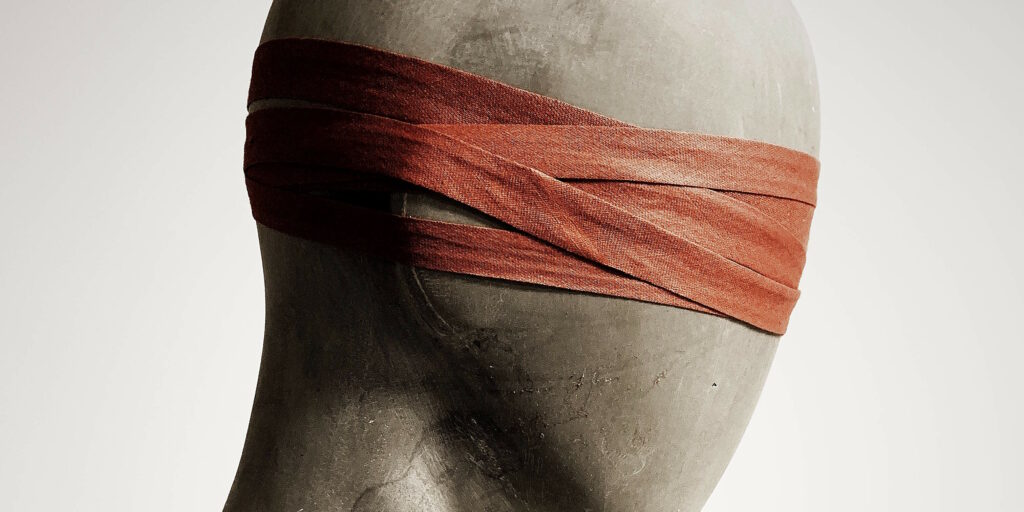

![Scanned, partially-censored NHS letter addressed to Dr A Payne, 26 November 1991, from Dr Stickle. Regarding "Daniel Huntley", it reads: I saw this boy with [redacted], Social Worker, at Bickerstaff House on 2 October 1991. The appointment was arranged at [redacted] request. The remainer of the letter has been cropped away.](/_q23u/2023/10/19911126-payne-bickerstaff-nhs.jpg)
